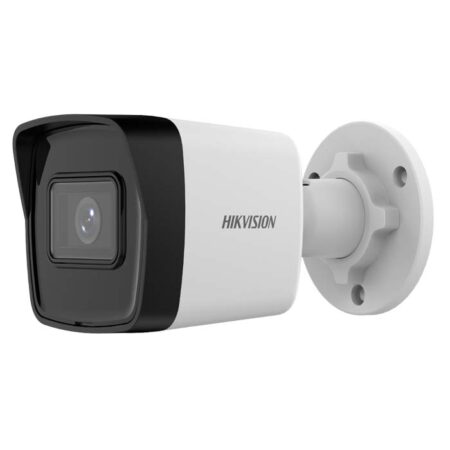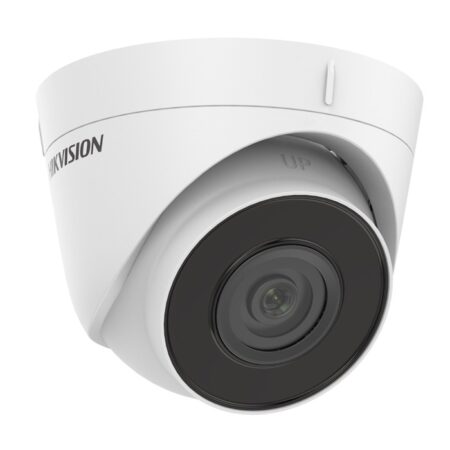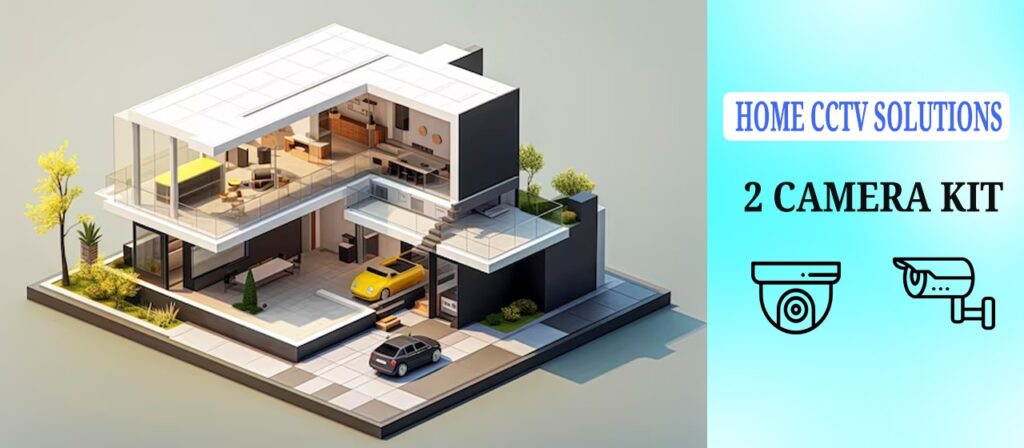CCTV Frequently Asked Questions









- Analogue CCTV Camera Systems
- IP CCTV Camera Systems

Analog cameras are used in older surveillance systems. Analog camera technology is now evolving SD to high-definition (HD), now capable of up to 8 megapixel resolution. Analog CCTV security systems transmit and record video data in an analog format before sending it over coaxial (RG59 or RG6) cable to a Digital Video Recorder (DVR). The DVR then transforms this analog data into a digital format, compresses it, and stores it on a hard drive for subsequent playback. The DVR can also be set up to broadcast over the Internet and can add password protection and other features. When broadcasting over the Internet, the video for all of the cameras is transmitted as live monitoring and playback over a network using Mobile / PC.
Advantages:
- Analog security cameras are less expensive compared Network IP Cameras
- maximum transmission distances are approximately 300 meters over coax cable or 1.5 kilometers over twisted-pair (Cat 6) cable using video balun.
- Audio-over-Coax is able to transmit audio and video over the same coaxial cable
- Easy to install everyone / Simplified setup process
- It demands less bandwidth than IP camera systems
- The technology support enable the use of 4K high-resolution analog cameras
Disadvantages:
- Analog security camera systems require more storage space than IP security camera systems (Video compression)
- Requires both a coaxial cable and power cable for each camera, unlike IP cameras that use a single PoE cable
- Typically, lower image quality and frame rates lead to potential blurriness or graininess in high-motion areas
- Analog camera cabling/Wiring expansion costs are higher compare IP cameras because of the wiring required for each camera from the DVR.

IP camera is a network digital camera that uses the Internet Protocol (IP) and has its own IP address. Normally, the term “IP camera” is used when referring to the video surveillance cameras.
Unlike the analog CCTV cameras that transmit the video images by cables with a limited length, the IP cameras send the video stream in a digital form to any distances. . Once an IP camera captures an image, it converts it into a digital signal. This digital signal is then compressed to make transmitting over a network or the Internet easier then it reaches the NVR, where it is stored and can be accessed for playback when required.
Many contemporary IP systems employ Power over Ethernet (PoE), an innovative security system feature providing both power and data from the NVR to the camera through a single cable. This plug-and-play functionality facilitates the setup of a video security system, making it accessible to a broad audience.
IP CCTV Advantages:
- High-quality, detailed, high-resolution images and videos
- Easy remote access to video footage using smart devices
- support Power over Ethernet (PoE), allowing them to be powered and transmit data using a single cable. This simplifies installation and reduces the amount of wiring required.
- Enhanced security with encrypted data
- Simple firmware updates for cameras
- Advanced features like motion detection, face detection, AI technology, email and push notifications to smartphones, digital zoom, and image enhancement technology
Disadvantages:
- High-resolution video requires adequate hard drive storage capacity
- Higher setup costs compared to analogue cameras and systems












